 Think about the last time you reached out to a brand because you were having a problem with a product or service.Chances are you didn’t wake up that day overly excited to spend 10, 15, 60 minutes on the phone with a contact center agent. But from time to time, all of us have to make those calls or take part in those web chats—such is life.
Think about the last time you reached out to a brand because you were having a problem with a product or service.Chances are you didn’t wake up that day overly excited to spend 10, 15, 60 minutes on the phone with a contact center agent. But from time to time, all of us have to make those calls or take part in those web chats—such is life.
Since no one necessarily wants to spend their time reaching out to brands in the first place, it follows that when customers do invest their time in such endeavors, they hope it’s not spent in vain. Indeed, customers expect contact center agents to be able to help them resolve their issues as quickly as possible—ideally, the first time they reach out to a brand.
According to Dimension Data, however, contact centers are collectively having a harder time solving issues the first time they hear of them. In fact, first-contact resolution (FCR) rates have steadily declined since 2009. As it stands now, businesses solve 73.1 percent of customers’ problems upon first contact. Phrased another way, nearly 27 percent of customers have to reach out to brands at least twice to solve their issues. Unfortunately, this increases the likelihood those folks will end up dissatisfied; businesses will almost certainly experience customer churn as a result.
How impressive is your contact center’s FCR rate? While it’s virtually impossible to resolve every issue the first time around, you should try to get your FCR rate as close to 100 percent as you can. That way, your customers are much more likely to become loyal—which is important, particularly because loyal customers are responsible for up to 70 percent of a business’ revenues.
Some good news: Improving agent performance—and therefore improving FCR rates—is made easy thanks to modern contact center tools. Such solutions feature robust real-time monitoring functionality, which gives contact center managers the tools they need to make sure their agents are doing their jobs to the best of their abilities.
Thanks to real-time monitoring, contact center managers can:
- Listen to their employees talk to customers. What better way is there to improve FCR rates than by observing agents in their element? By listening to their employees in action, managers are able to identify customer trends as well as any specific service areas the team could improve. Armed with that data, managers can then draft helpful scripts that provide agents with the information they need to solve problems quickly.
- Record interactions for training and coaching purposes. Contact center tools also give managers the ability to record all agent interactions. Managers can then identify examples of superior customer service and play them back for the entire team. They can also schedule one-on-one meetings to show individual employees instances where they weren’t as effective—and explain how they could have done better.
- Identify problems as they materialize—and respond to them right away. Real-time monitoring also gives managers a bird’s-eye view of their contact center. This enables them to clearly see trends as they occur. They can then quickly devise courses of action to remedy any issues that arise, ensuring agents are in the best position to solve customer problems right away.
Is it time for your business to overhaul its contact center software? Click here to learn more.
















